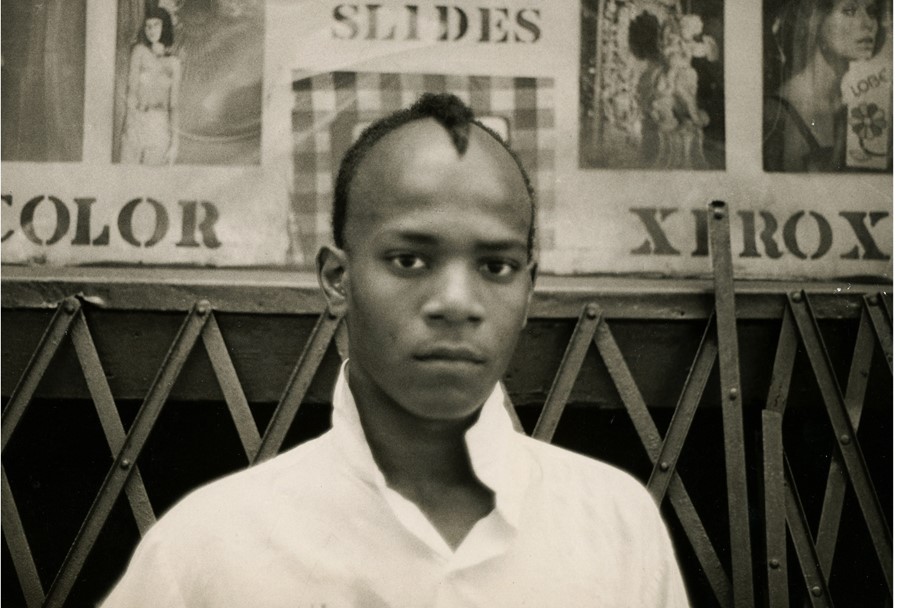American filmmaker Sara Driver discusses her vibrant new study of the artist’s formative years and the NYC-based cultural revolution that shaped them
Today Jean-Michel Basquiat has an almost mythical status in modern art history. An entirely unique, extremely prolific creator, he rose up the ranks from homeless New York City drifter to art world darling within a matter of years, superseding industry snobbery and garnering huge acclaim for his neo-Expressionist paintings, drawings and collages, which combined text and imagery to profound, highly intelligent effect. But before he hit the big time, the Brooklyn-born artist was a boombox-wielding teenager just like anybody else – albeit one who never stopped making things. Indeed, when he died from a heroin overdose in 1988, aged 27, Basquiat left behind an endless trail of doodles, notebooks, sculptures, music, and other artworks of all kinds, many of which are still being unearthed to this day.
It was one such discovery that formed the catalyst for new documentary, Boom for Real: The Late Teenage Years of Jean-Michel Basquiat, by fêted American filmmaker Sara Driver, who, like Basquiat, formed part of New York’s explosive creative scene centred around the Lower East Side in Manhattan in the late 70s and early 80s. “My friend Alexis Adler lived with Jean-Michel from 1979 to 80,” she tells AnOther over the phone. “She was the first person to give him a key to an apartment, and she also was very generous with him in that she would let him paint anything in there: one morning she woke up to a mural over her bed; he painted her bathroom door; her refrigerator. Anyway, we had this terrible flood in New York in 2012, caused by Hurricane Sandy, and suddenly Alexis remembered that when Jean moved out, she’d moved all these papers and notebooks of his to a lockbox in the basement of a bank. After the flood, she went to make sure it hadn’t been damaged and there was much more in there than she remembered – his writing, his drawings, a notebook and about 150 photographs she took of him.”
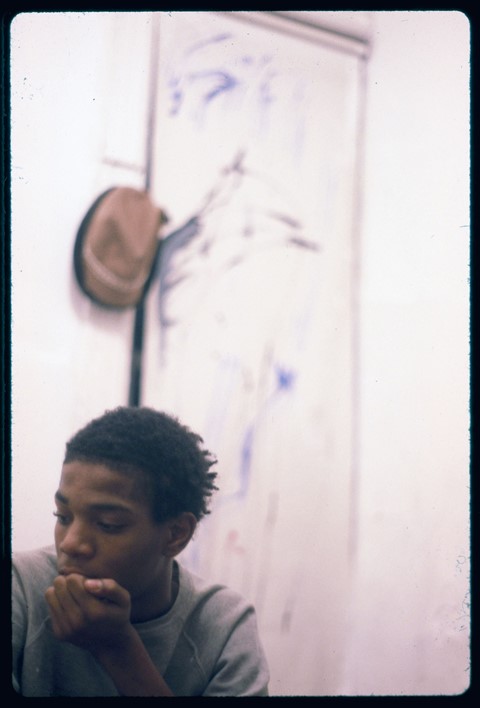
Soon afterwards, Adler invited Driver over to tea to examine the contents of the box, and the director was, in her own words, “completely blown away”. “Here was all this evidence of Jean’s work as he was becoming an artist – as he was formulating his ideas and really developing,” she says. “Also, it was a window onto New York at that time.” Adler was keen to auction off her findings along with the various artworks that still adorned her tenement apartment, concerned by their need for preservation, but Driver had another idea. “I was pretty mortified by the idea, as I thought it should all stay together, so I went to the store and bought a camera and just started shooting it. I thought, ‘Let’s do a 20-minute poem or something about that time in New York and about his work,’ and that was how this film began.”
The spontaneous nature of the film’s conception was very much in the spirit of how she, Basquiat and their New York cohorts were creating 30 years ago, the filmmaker explains. “It was basically the same energy of just doing something, not waiting for financing or anything: just start shooting. Then I started talking with all these artists and filmmakers – who were around us at the time – about the project and they were very generously giving me material so that I could build this whole documentary to show what had nurtured Jean, what had nurtured all of us.”
The result is a very personal, highly charged collage that paints a portrait of Basquiat as an ordinary teenager with extraordinary talent and insuppressible aspirations. We hear stories of his mischievous nature (causing havoc in the girls’ bathroom at Club 57, for instance); of his sponge-like ability to soak up influences and filter them through his own distinct lens; and most of all, of his determination to create and to succeed “by any means necessary” (as per the quote on the Malcolm X poster that hung on his bedroom wall).
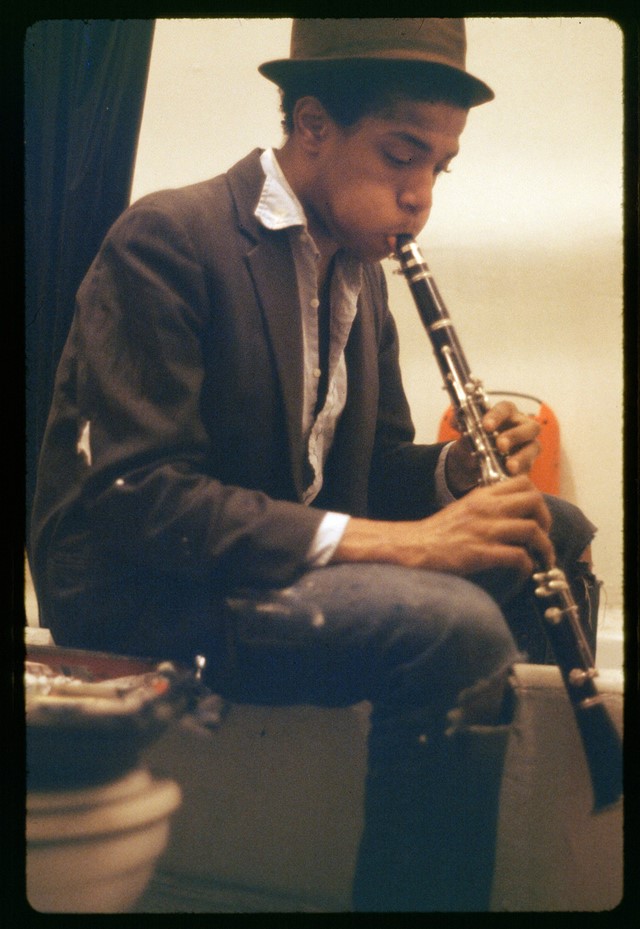
The film is also a vivid exploration of New York at the time – a dilapidated, rubble-strewn city, in the throes of a recession, that had birthed a new generation of wild, carefree spirits, who cavorted and created in equal abundance. It was the age of punk, of hip-hop, of graffiti, of DIY – if the art galleries won’t show your work, just form your own collective, take over an abandoned building and put on your own show. Interviews with Basquiat’s friends and fellow creatives – from Fat Five Freddy and Patricia Field to Glenn O’Brien and Driver’s lifelong partner, Jim Jarmusch – are poetically interwoven with filmed and photographic footage from the period to bring Basquiat’s former stomping ground to life. As such, as much as shedding fascinating light on the artist’s early years, Boom for Real is a timely and energising reminder that politically turbulent times often cultivate the most interesting cultural movements and minds.
Here, on the day of its UK release, we catch up with Driver – now 62 and still based in New York City – to discover more about its making and the magical mind it celebrates.
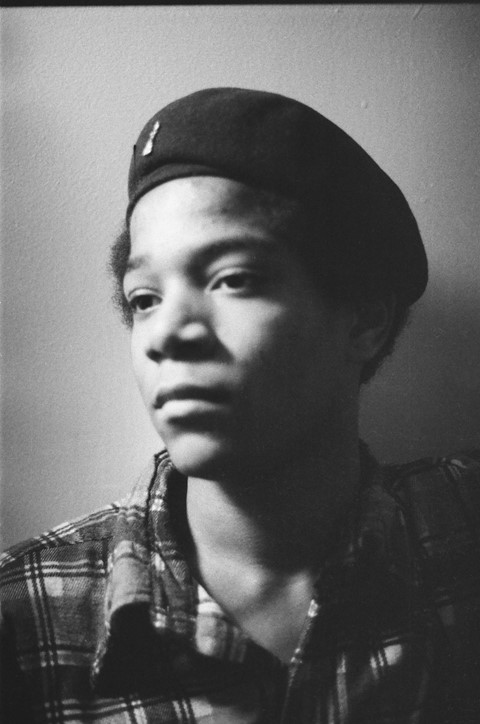
On New York at the time…
“We didn’t realise how special it was, I think you never do when you’re inside something. I mean we felt we owned New York. We could do whatever we wanted and that was an extraordinary feeling. Being able to shoot movies without any permits, without insurance, without any lawyers – not even knowing you had to go to a lawyer [laughs]. It was about just making things and not thinking about consequence. I knew it was incredible – I loved it – but it was just my reality.”
On Basquiat’s luminous presence...
“You’d see him around everywhere. He was always crashing on people’s floors or on their sofas. At first he was just a kid, who was in clubs and stuff, but he was so radiant. ‘Radiant child’ – that’s what Rene Ricard, the poet and painter, named him, in a catalogue. There was a kind of light that came out of him, and you can’t help but notice people like that. He also did his hair in really weird hairdos all the time.”
On Basquiat’s sheer, self-conscious determination...
“When the rumours started that Jean was ‘Samo’ [the anonymous graffiti artist who penned enigmatic epigrams on Lower East Side walls], I didn’t know about Al Diaz [Basquiat’s Samo collaborator]. I only found out about him much later, because Jean had written him out of history! Al’s very gracious about it. He actually told me that a few years after that, when Jean was already famous, he appeared at Al’s tenement apartment and rang the bell. At that time we didn’t have any buzzer systems so you’d have to look out the window and Al looked out and saw Jean standing there with a huge triptych painting that said, ‘From Samo, To Samo.’ So he was conscious of what he’d done.”
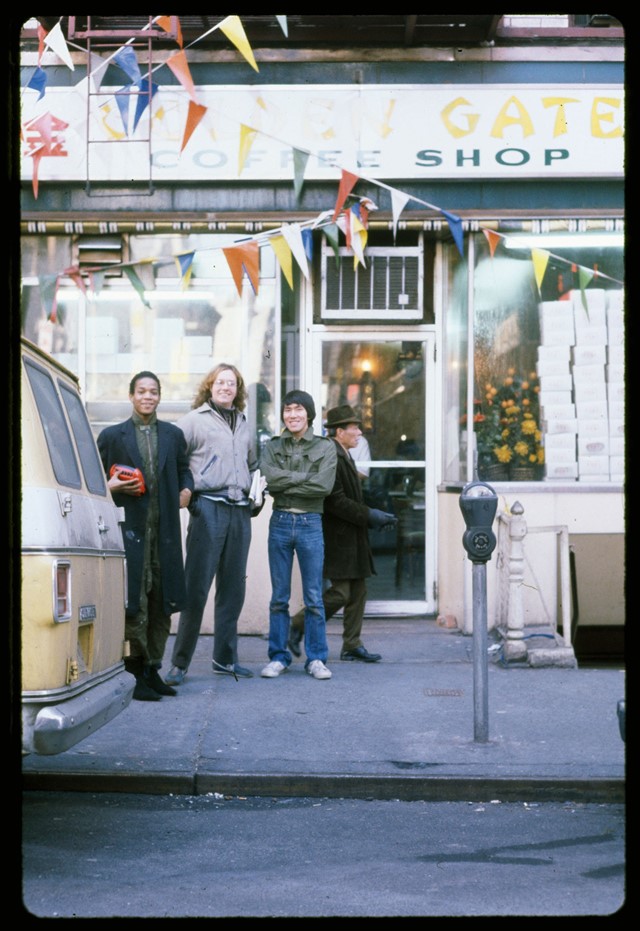
On her favourite discovery while filming...
“Kenny Scharf told me that he met Jean because Jean used to pretend he was a student at the School of Visual Arts where Kenny studied, which was kind of cool. And what I soon realised about Jean was that he was almost continuing his education by the kind of people that he was surrounding himself with in that early time: he was around Alexis who was a scientist, and took inspiration from her textbooks; he was around Luc Sante who’s a writer; he was around Lee Quiñones, who was a painter, one of the original graffiti kids; and [Fab Five] Freddy who turned him onto hip-hop. That was what hit me, working on it early on – it was so interesting who he selected to hang out with.”
On what she hopes people will take away from the film…
“I’m not very big on message movies, so the reaction the film’s had has been very unintentional, but a lot of young people have approached me since I’ve made it, and said, ‘How do we start a community? How can we get our signals out?’ And part of it is: just keep working. And talk to each other: create your own community, create your own art fairs, create situations where you can be with each other and you can germinate each other. It’s so necessary for our world, for all of us, that imagination gangsters and people that have this need to get their signal out get it out in some way, even if it’s within a small radius.”
Boom for Real: The Late Teenage Years of Jean-Michel Basquiat is in UK cinemas from today.
